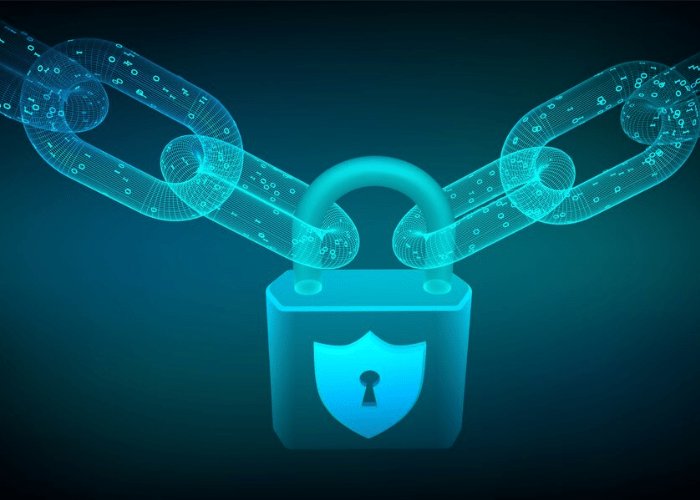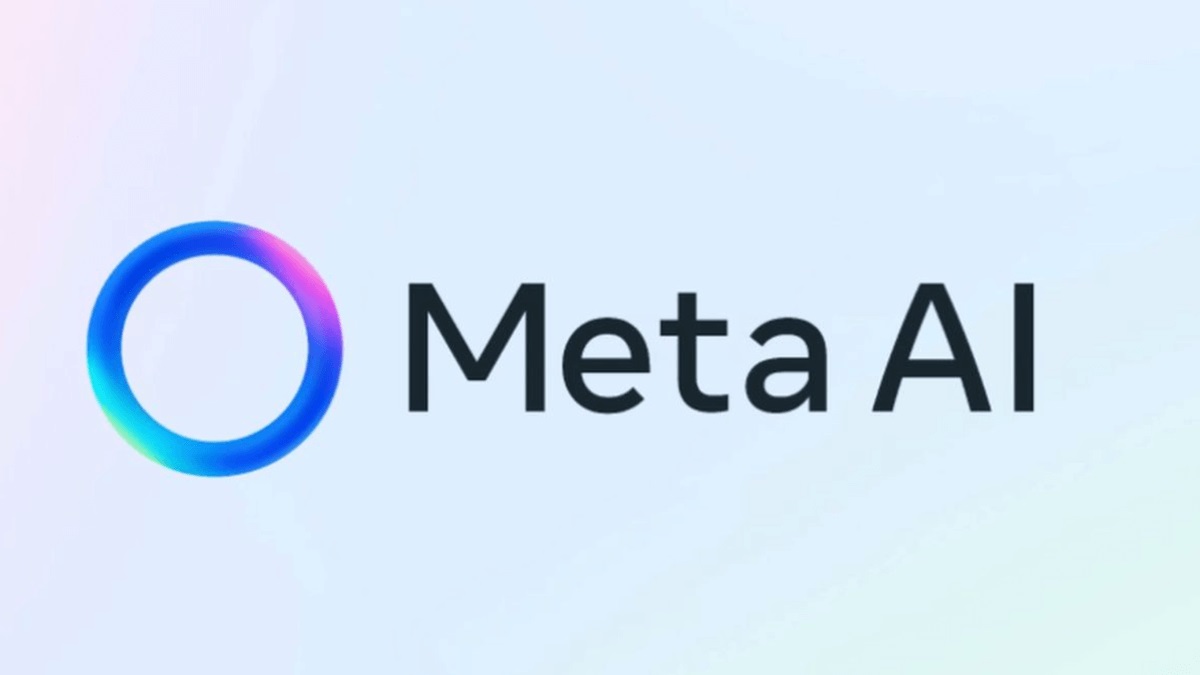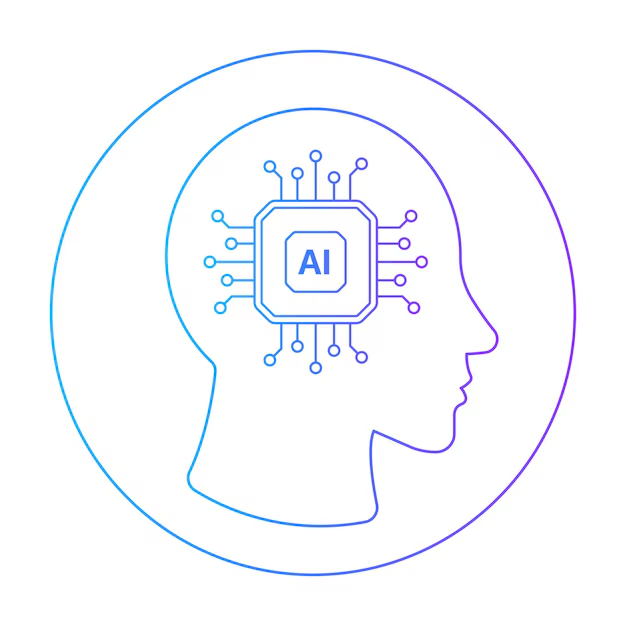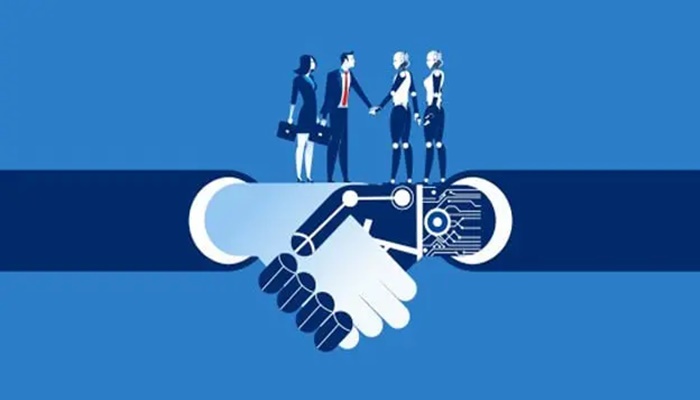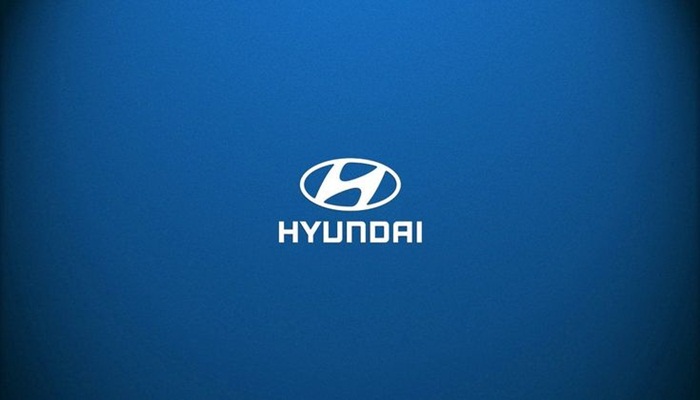What Is Human Autonomy in the Workplace and Why Does It Matter?
Human autonomy at work means the ability to make choices, use judgment, and control one’s own actions while performing tasks. It’s the freedom to think, decide, and act without being fully dictated by rules or machines. For decades, autonomy has been linked to motivation, creativity, and job satisfaction. When people feel trusted to make decisions, they perform better and feel more fulfilled.
Now, artificial intelligence is changing this balance. In some cases, AI expands human autonomy by reducing repetitive work and giving employees more time for meaningful thinking. In others, it narrows autonomy by automating decisions, creating opaque performance metrics, and making workers feel like they’re following algorithms instead of using their own judgment.
That’s why understanding how AI affects autonomy is one of the most pressing issues in the modern workplace. Anyone looking to stay ahead—whether a manager, analyst, or designer—should build foundational knowledge of AI systems through structured learning such as an AI certification. Knowing how these systems function makes it easier to use them responsibly, without giving up human control.
Autonomy isn’t just a matter of preference; it’s a cornerstone of human dignity at work. As companies rely more on automation, the question is no longer “Can AI do this?” but “Who gets to decide when AI does this?”
How Is AI Changing Decision-Making Power in the Workplace?
AI changes who makes decisions, how fast those decisions happen, and how much humans understand them. In traditional organisations, authority flowed from experience and hierarchy. In AI-assisted workplaces, authority increasingly flows from data and algorithms.
For example, recruitment platforms now use AI to filter candidates, sometimes before a human ever reviews an application. Marketing tools recommend pricing or content strategies based on predictive models. In logistics, algorithms reroute deliveries dynamically, leaving human drivers with little say in the process. These changes can make work faster but also less personal.
However, automation doesn’t automatically remove decision-making power—it redistributes it. Employees with digital literacy can interpret and challenge AI recommendations, while those without may feel excluded from decisions that affect them. In essence, autonomy shifts toward those who can understand and control technology.
That’s why many forward-thinking professionals are investing in digital fluency. Building technical confidence through tech certifications helps workers question AI outputs intelligently, rather than following them blindly. The more people understand how data informs AI decisions, the more power they reclaim in an automated world.
What Does Research Say About AI’s Impact on Worker Autonomy?
Recent studies show a nuanced picture. AI can both enhance and reduce autonomy, depending on how it’s designed and deployed.
Research from McKinsey in 2025 highlights the idea of “super-agency.” This is when AI extends human autonomy by handling repetitive tasks while keeping humans in charge of direction and judgment. For instance, in design and engineering, AI proposes solutions but people make the final call. The result is faster progress without losing ownership.
On the other hand, empirical research in Labour Market Studies finds that many organisations unintentionally reduce worker agency. When algorithms dictate schedules, assign shifts, or evaluate performance without transparency, workers experience algorithmic control instead of empowerment. This erodes trust and psychological safety.
Gallup’s latest workplace survey reveals that 40% of employees now use AI tools, but fewer than a quarter feel their company has explained how these systems influence their jobs. That uncertainty reduces perceived autonomy. The less people know about AI’s role in decisions, the less control they feel over their own work.
The takeaway is clear: AI doesn’t destroy autonomy by default, but poor communication and design do.
How Can Organisations Design AI Systems That Enhance Human Control?
AI systems can be built to strengthen human agency, not replace it. The design process must begin with one guiding principle: humans should always stay in the loop.
In practice, that means:
- Transparency first. Employees should understand how AI tools make decisions. Clear dashboards, explanations, and open documentation create trust.
- Override options. Workers must have the ability to question, modify, or reject AI suggestions. If people can’t say no, autonomy vanishes.
- Feedback loops. AI should learn from human correction, not just data. When employees flag errors, systems should adjust.
- Collaborative design. Employees who use the tools should help shape them. Early input prevents frustration and resistance.
Training plays a big role here. When staff receive education in how AI systems operate, they develop both skill and confidence. That’s why courses like the agentic ai certification are gaining traction—they teach professionals how to design and manage AI workflows where humans remain the ultimate decision-makers.
When AI becomes a partner that amplifies human judgment, autonomy increases. But when it becomes an invisible ruler that dictates behaviour, autonomy fades.
How Do AI Monitoring and Algorithmic Management Affect Autonomy?
One of the most controversial uses of AI is in employee monitoring and performance evaluation. From warehouses to offices, systems now track productivity through keystrokes, voice tone, or even facial expressions.
While these systems claim to ensure fairness, they can easily cross ethical lines. Workers who feel constantly observed report higher stress and lower engagement. Continuous surveillance turns autonomy into compliance. Instead of trusting employees to manage themselves, companies let algorithms dictate their pace and priorities.
The problem is not measurement itself—it’s how data is used. Monitoring becomes intrusive when workers can’t see or challenge their own data. To restore balance, companies should follow three basic rules:
- Make monitoring data visible to the employee.
- Allow corrections or appeals when errors occur.
- Use analytics to support development, not punishment.
Businesses that value transparency often turn to secure data frameworks inspired by blockchain technology courses. Immutable audit trails help verify fairness and prevent manipulation, preserving both trust and autonomy.
AI should illuminate performance, not dictate it. When people understand how data shapes decisions, they feel respected rather than controlled.
How Can Workers Maintain Autonomy in AI-Rich Environments?
Individual workers have more power than they think. Autonomy in an AI world depends largely on self-awareness and learning.
First, workers must understand the tools they use. This doesn’t mean becoming data scientists, but knowing the basics of how algorithms function. When someone understands why AI suggests a certain action, they can make an informed decision to follow or adjust it.
Second, they should assert their judgment. Blind obedience to AI outputs may seem safe, but it weakens professional credibility. Employers increasingly value workers who can interpret AI results critically and bring human insight to the table.
Third, continuous learning is essential. Courses in data literacy, ethics, and AI collaboration—like the Data Science Certification—equip workers to keep autonomy even as tools evolve.
Finally, collaboration protects independence. Teams that discuss AI outcomes together make better collective decisions than individuals working in isolation. Shared interpretation creates shared control.
Autonomy is not the absence of automation—it’s the ability to guide it intelligently.
Policies and Governance Structures that Support Human Autonomy
Regulation and corporate governance play a vital role in protecting worker agency. Without clear rules, AI can quietly centralize power in algorithms rather than humans.
Responsible organizations now build AI ethics policies that emphasize:
- Human review for all employment-related decisions.
- Transparency about data collection and usage.
- Regular bias audits and third-party verification.
- Clear channels for employee feedback and appeal.
Governments are also stepping in. The European Union’s AI Act, for example, classifies workplace monitoring as a “high-risk” category, requiring explainability and human oversight. Other countries are drafting similar frameworks to ensure AI complements human decision-making instead of replacing it.
Inside companies, AI governance boards bring together executives, technologists, and worker representatives. These boards review new tools before deployment and ensure they align with ethical and psychological standards.
By embedding human judgment into every stage—from procurement to rollout—organisations turn compliance into culture.
How Does AI Influence Creativity and Self-Direction at Work?
AI can either spark creativity or suppress it. When used as a brainstorming partner, it expands human imagination by offering new perspectives. When used rigidly, it narrows thinking to what the algorithm finds probable.
Creative autonomy thrives when people feel free to use AI as a suggestion engine rather than a decision-maker. For example, marketers use AI to generate campaign ideas, but humans choose tone and emotion. Designers explore AI-generated visuals but refine them manually. This back-and-forth maintains a sense of authorship.
However, when AI enforces templates or guidelines too strictly, workers lose creative ownership. The work becomes technically efficient but emotionally detached. The solution is flexibility—allowing human override and customisation at every stage.
Leaders in creative fields often invest in the Marketing and Business Certification, which teaches how to blend automation with brand authenticity. The goal isn’t to remove human creativity but to scale it responsibly.
AI should be an assistant, not an author. True innovation still comes from human imagination, guided—not governed—by machines.
How Can Leadership Preserve Autonomy While Scaling AI?
Leadership defines whether AI feels empowering or oppressive. Managers who treat automation as a cost-cutting shortcut often destroy autonomy. Those who frame it as a collaboration tool strengthen trust and engagement.
A leader’s first job is to communicate clearly. Employees must know why AI is being introduced, how it affects their work, and how they can shape its outcomes. The second job is to provide training and voice—opportunities to learn, question, and suggest improvements.
Leadership development programs increasingly include modules on responsible AI. By combining managerial insight with technical literacy—skills covered in technology programs—leaders can align automation with human growth.
Finally, leaders must model behaviour. When managers use AI tools thoughtfully and transparently, teams follow suit. Autonomy trickles down from the top.
How Does AI Affect Team Dynamics and Collaboration?
AI doesn’t just change individual autonomy—it changes group behaviour. When teams rely on predictive systems or automated workflows, they may defer too much to algorithms. The result is “automation bias,” where people assume the machine is always right.
Healthy teams maintain balance. They use AI to inform, not dictate, group discussions. Team autonomy thrives when members feel safe to question algorithmic outcomes and share alternative insights.
Collaborative decision-making also prevents overreliance. When one person challenges an AI suggestion, the group examines it critically. This process builds both better results and stronger collective agency.
Tools that support transparency—shared dashboards, explainable models, and human-readable summaries—help teams maintain mutual understanding. AI should promote collaboration, not replace conversation.
Future of Human Autonomy
The next decade will test how well humans and AI share control. The most successful workplaces will strike a careful balance between efficiency and empowerment.
Shared Control
In the future, employees will interact with agentic systems—AI networks capable of reasoning and acting independently. The challenge will be ensuring these systems remain accountable to humans. Professionals who understand both human factors and AI logic will become essential mediators between people and machines.
Respect for Autonomy
Organizations that respect autonomy will outperform those that ignore it. When people feel trusted, they innovate more and stay longer. When they feel like cogs in an algorithmic system, engagement collapses.
Continuous Growth
Continuous learning will remain the shield against dependence. Workers who upgrade their skills regularly will navigate this future with confidence.
Purposeful Value
The workplaces of tomorrow will no longer measure value solely by output but by the quality of human judgment guiding that output. AI may provide options, but humans will still define purpose.
Why Does Protecting Autonomy Matter for the Future of Work?
Autonomy isn’t just an ethical luxury—it’s a performance multiplier. Studies consistently show that workers with high autonomy are more motivated, more innovative, and less likely to leave their jobs.
In the AI era, autonomy also builds resilience. When technology fails, adaptive workers step in. When markets shift, autonomous thinkers find new solutions. Dependence on algorithms without understanding them makes organisations fragile.
Protecting human autonomy ensures that AI remains a tool, not a master. It’s about designing a workplace where machines extend human capability, not dictate human behaviour.
The future belongs to organisations that pair automation with empathy, efficiency with ethics, and intelligence with intention. AI may change how we work, but it doesn’t have to change who we are. The more we learn, question, and design consciously, the more we ensure that the age of artificial intelligence strengthens, rather than weakens, human agency.
Source – https://www.blockchain-council.org/ai/ai-human-autonomy-workplace/
